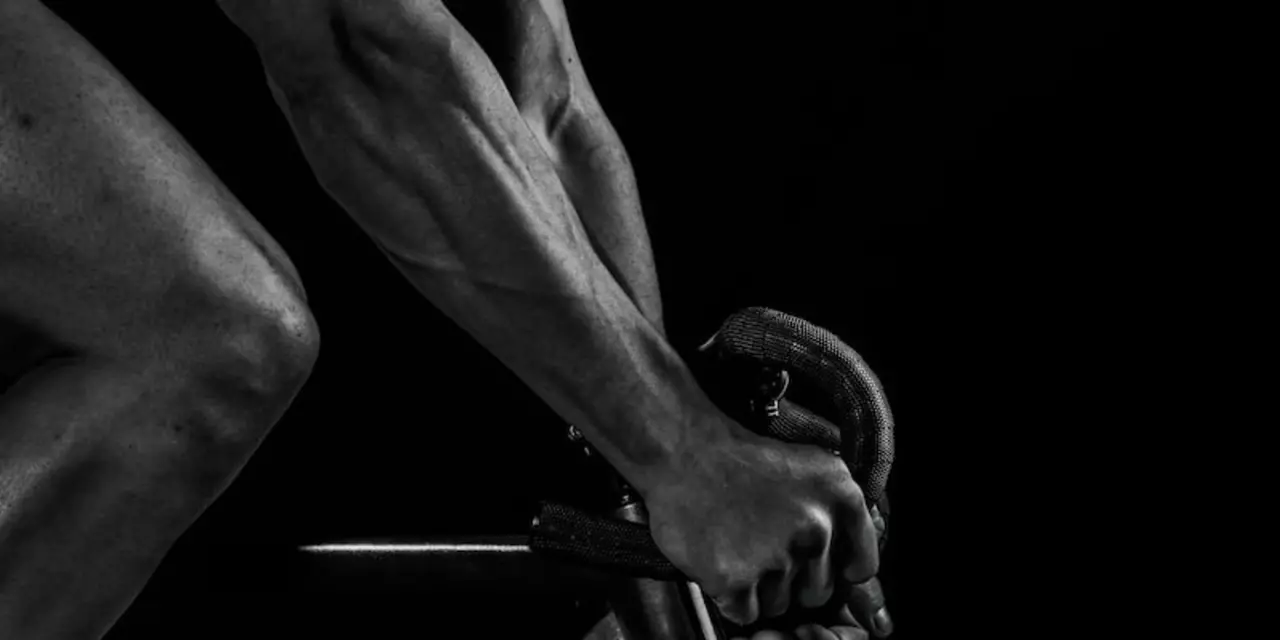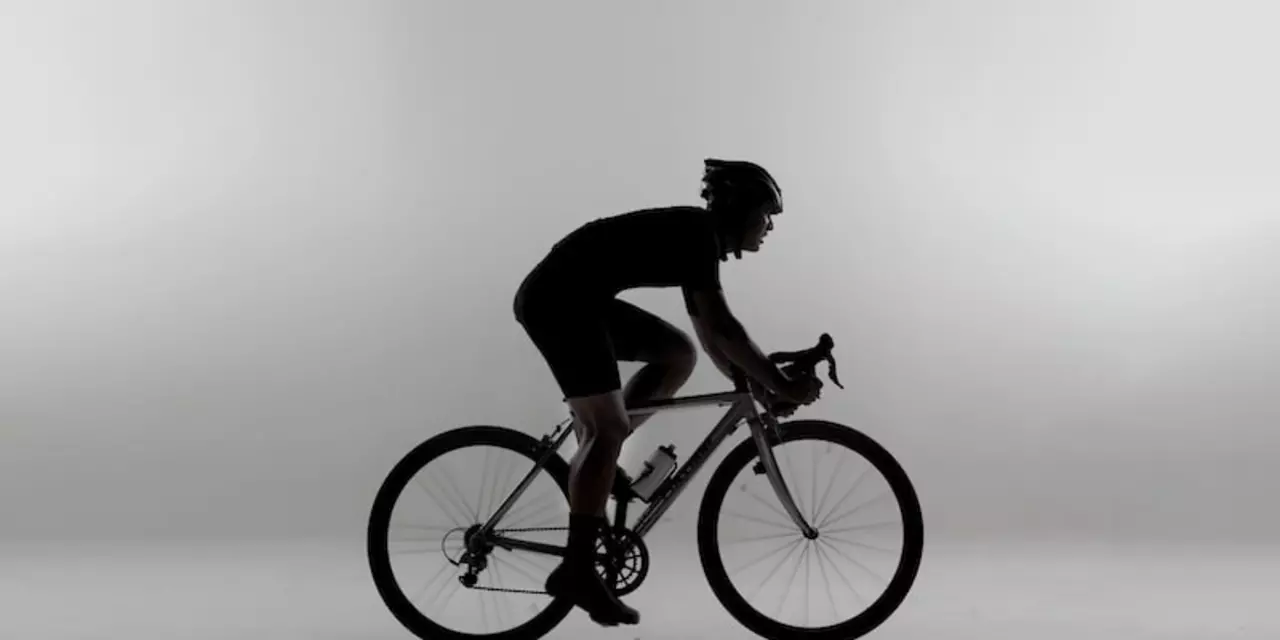March 2023 Cycling Hub Archive
Welcome to the March 2023 archive of Veloism Cycling Hub. If you’re hunting for what we shared in that month, you’re in the right spot. While the archive currently shows no individual posts, we still want to give you a feel for the kind of content you’d normally see during March.
What’s Usually in a March Archive?
Every March we focus on a mix of early‑season topics. That means gear reviews for spring‑ready bikes, training plans to shake off winter fatigue, and updates on local rides as the weather improves. You’d also find coverage of any national or regional races that pop up in March, plus practical tips on tyre pressure for wet roads and how to layer clothing for unpredictable spring temps.
Our writers love to spotlight new components that hit the market just before the cycling season kicks off. Think lightweight carbon frames, disc brake upgrades, and the latest power meters. We break down the specs, compare prices, and tell you whether the tech is worth the hype. If you’re a commuter, you’ll often get a quick guide on safety gear and the best routes to avoid traffic snarls.
Stay Updated with Veloism
Even though the March 2023 list is empty now, you can still explore other months for proven advice and fresh ideas. Dive into our April and May archives to see how we transition from early‑season prep to peak‑season performance. And if you want to be the first to know when new March content goes live, sign up for our newsletter or follow us on social media.
Got a question about a March‑specific topic? Drop us a comment or shoot us an email. We love hearing from riders who want to improve their rides, troubleshoot gear, or just chat about the love of cycling. Your feedback often shapes the next post, so don’t hold back.
In short, the March 2023 archive is a placeholder for the kind of practical, down‑to‑earth cycling info you expect from Veloism. Keep checking back, explore related months, and stay connected. Happy riding!
Is it OK to ride a stationary bike everyday?
It is generally safe to ride a stationary bike everyday as long as you take the necessary precautions. When riding a stationary bike, you should make sure you have a comfortable seat, proper posture and the correct tension level, and you should have the bike set up properly for your body size. Additionally, it is important to take breaks and not overdo your workout, and to make sure you are adequately hydrated. Finally, if you experience any pain or discomfort, you should stop exercising and consult a doctor.
MoreHow can Tour de France cyclists go so fast for so long?
The Tour de France is an annual multi-stage bicycle race that has been held throughout France and, occasionally, in neighboring countries since 1903. Cyclists participating in the race have to cover a large distance, sometimes more than 2000 km, in a relatively short period of time. This requires a lot of physical and mental strength from the cyclists. To do this, they must have a combination of aerobic fitness, muscular strength, and mental fortitude. Additionally, the riders must have proper nutrition, hydration, and rest to ensure that they can stay at their peak performance level for the entire race. By combining these components, cyclists in the Tour de France are able to go fast and remain strong for the entire race.
MoreHow far can you cycle comfortably without bike shorts?
Bike shorts are an essential part of cycling comfort: they provide cushioning and support to prevent chafing and saddle sores, and keep you cool on hot days. However, some cyclists prefer to go without bike shorts for a variety of reasons. This article provides tips on how to cycle comfortably without bike shorts, including proper bike fit and the use of chamois cream or an alternative padding. Furthermore, the article outlines how far you can comfortably cycle without bike shorts, depending on factors such as saddle type, bike fit, and your own personal cycling experience. In conclusion, while bike shorts are an important part of cycling comfort, it is possible to cycle comfortably without them, provided that you make adjustments to your bike fit and use other protective measures.
More

